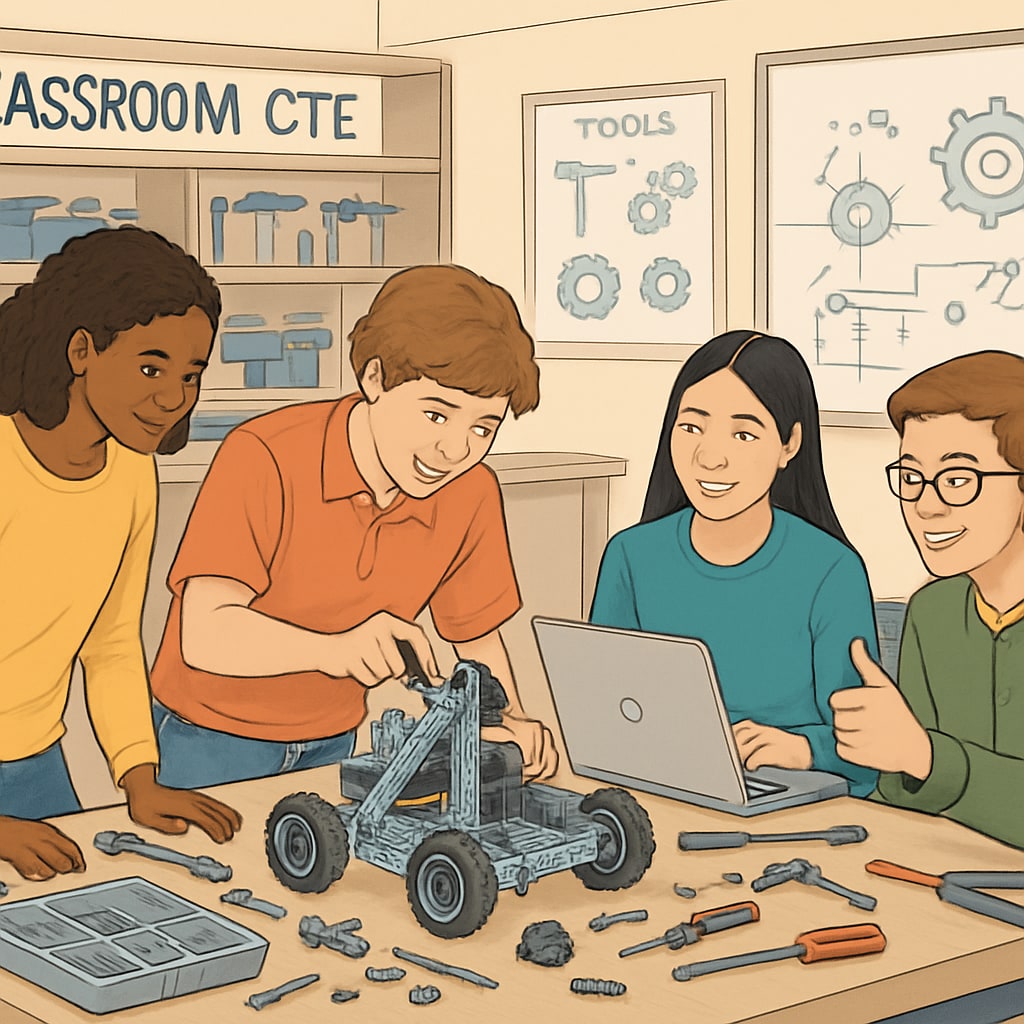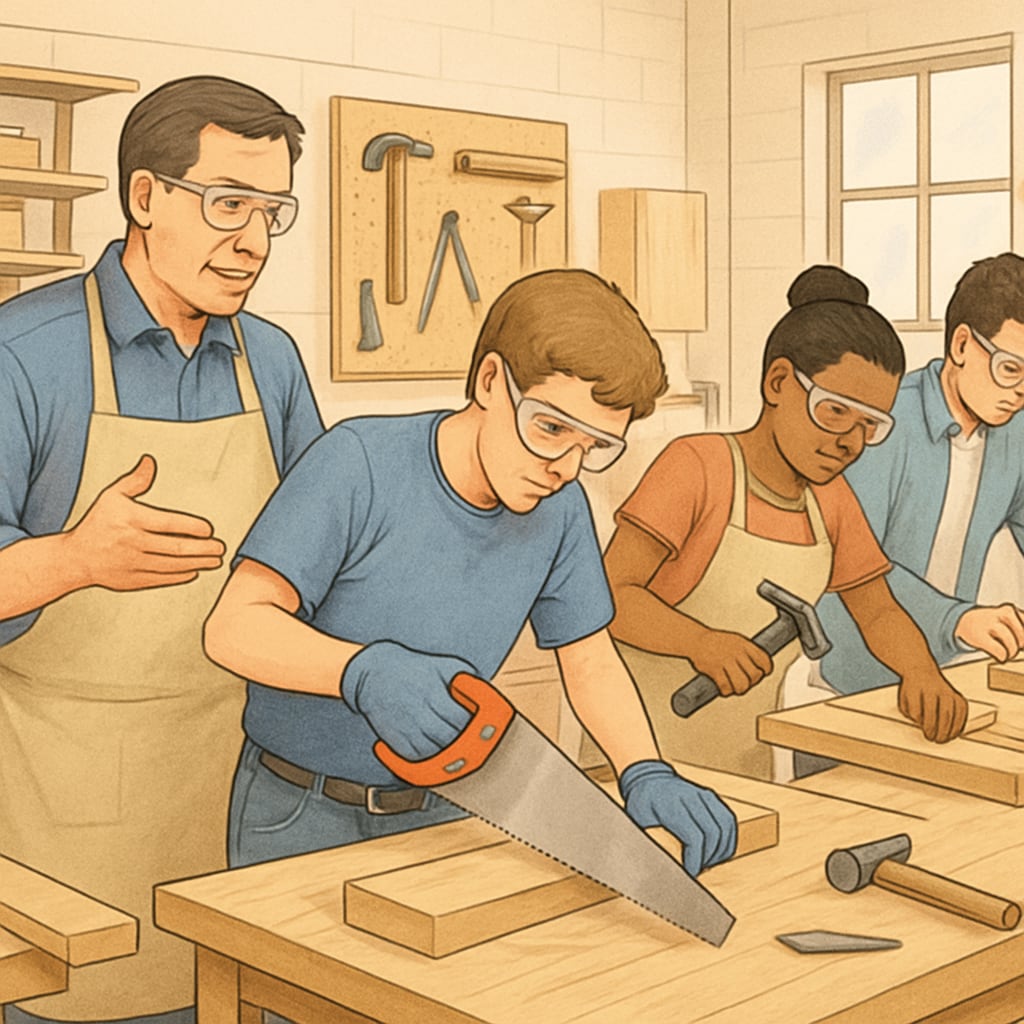The balance between Career Technical Education (CTE) and traditional disciplines has become a critical topic in K12 educational reform. As the workforce evolves, schools face increasing pressure to equip students with both academic knowledge and career-ready skills. This article explores the complementary nature of CTE and traditional subjects, provides insights into district-level implementation strategies, and proposes practical steps for building a comprehensive educational framework.
The Complementary Relationship Between CTE and Traditional Disciplines
CTE and traditional subjects are often viewed as competing priorities; however, they can be highly complementary. While traditional disciplines like mathematics, science, and literature emphasize foundational knowledge, CTE provides context and application. For example, a student studying geometry in a traditional math class can apply those principles in a CTE course focused on construction or engineering.
Furthermore, CTE programs often enhance engagement by connecting academic concepts to real-world applications. Research has shown that students involved in integrated programs tend to outperform their peers in both academic and career readiness metrics. For instance, according to a study by Britannica, CTE participants demonstrate higher levels of motivation and problem-solving skills.

District-Level Implementation Strategies for CTE Programs
Different school districts adopt various models to implement CTE programs effectively. These approaches often depend on local workforce needs, available funding, and community partnerships. Below are some common strategies:
- Standalone Programs: These programs operate independently, often in specialized CTE academies or vocational schools. They focus on specific career pathways such as healthcare, technology, or manufacturing.
- Integrated Curriculum: Traditional subjects are blended with career-oriented coursework. For example, a biology class might include modules related to medical technology.
- Partnerships with Local Businesses: Many schools collaborate with local industries to provide internships, mentorships, and hands-on training opportunities.
Each district must evaluate its unique needs and resources to determine the most effective implementation model. For example, urban districts with diverse industries may prioritize partnerships, while rural areas might focus on standalone programs tailored to local economies.

Creating a Future-Ready Comprehensive Education System
To build a successful and balanced education system, schools must adopt a holistic approach that integrates both CTE and traditional subjects. Here are some actionable steps:
- Promote Cross-Disciplinary Collaboration: Encourage teachers from different departments to collaborate on projects that merge academic and career-oriented learning.
- Invest in Teacher Training: Provide professional development opportunities to help educators effectively deliver integrated curricula.
- Leverage Technology: Use digital tools to simulate real-world environments, such as virtual labs or career simulations.
- Engage Stakeholders: Involve parents, businesses, and community organizations in program design and evaluation.
By implementing these strategies, schools can better prepare students for the demands of the modern workforce while maintaining high academic standards.
In conclusion, the integration of Career Technical Education and traditional disciplines offers a promising path forward for K12 education. By fostering collaboration, leveraging resources, and prioritizing student outcomes, schools can create a balanced system that meets the needs of both students and society.
Readability guidance: The article uses short paragraphs and clear headings to enhance readability. Lists and examples are provided to summarize key points. Passive voice is minimized, and transitional phrases are used throughout for better flow.


